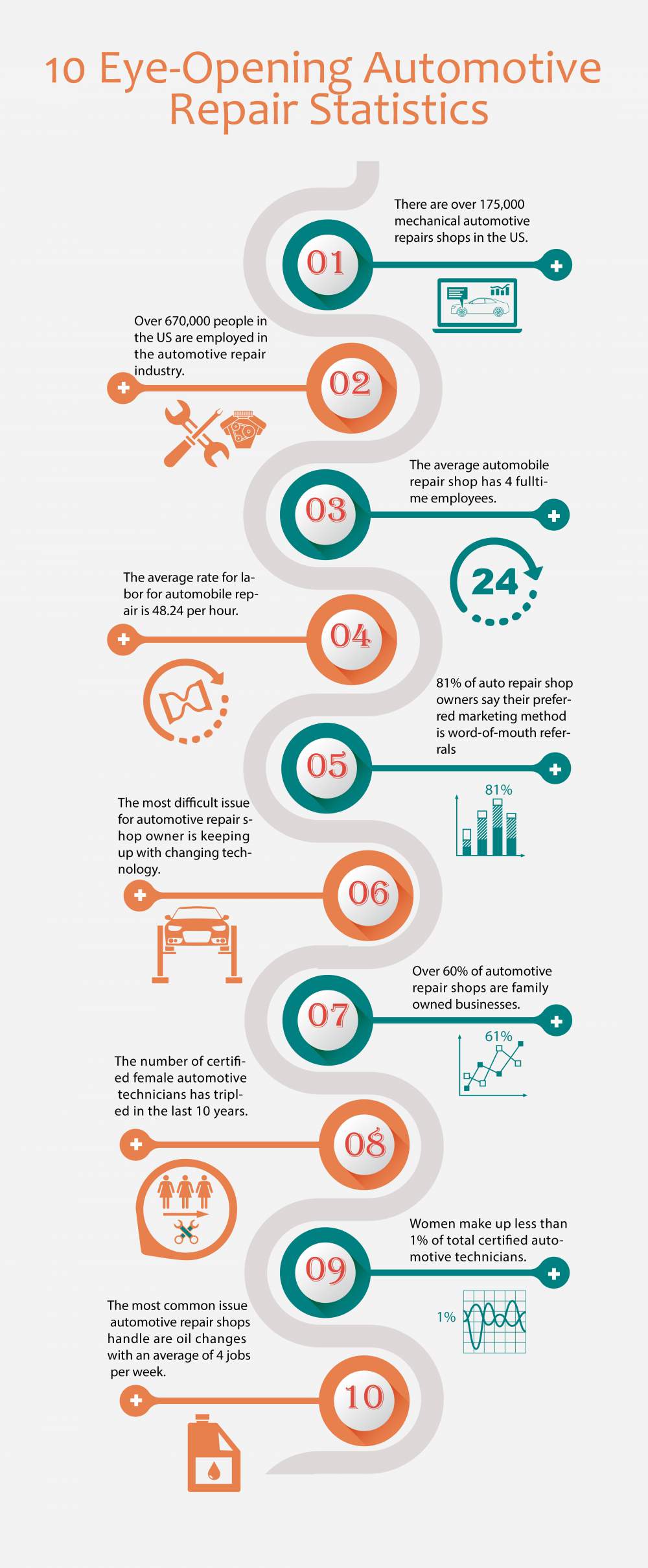Want To Discover More Regarding The Caution Lights On Your Dashboard? Uncover What They Show Regarding Your Vehicle'S Health And Wellness
Want To Discover More Regarding The Caution Lights On Your Dashboard? Uncover What They Show Regarding Your Vehicle'S Health And Wellness
Blog Article
Write- https://brakechange06273.blogdeazar.com/32256915/just-how-mobile-automobile-outlining-services-can-conserve-you-money-and-time Written By-Faulkner Forbes
When you're behind the wheel, those glowing warning lights on your control panel can be a little bit puzzling. Do you understand what they're trying to inform you about your vehicle's health? Understanding the value of these lights is crucial for your security and the durability of your automobile. So, https://airliftperformance30517.bloggerbags.com/37348413/mobile-vehicle-detailing-benefit-meets-top-quality-for-your-car among those lights turns up, would not you intend to understand its message accurately and take the required actions to resolve it?
Common Caution Lights and Interpretations
Recognize typical caution lights in your car and understand their definitions to guarantee risk-free driving.
The most typical caution lights include the check engine light, which indicates issues with the engine or emissions system. If this light comes on, it's vital to have your automobile examined without delay.
The oil pressure cautioning light indicates reduced oil pressure, needing instant focus to stop engine damages.
A flashing battery light could recommend a malfunctioning charging system, potentially leaving you stranded if not addressed.
The tire pressure monitoring system (TPMS) light informs you to low tire stress, impacting automobile security and fuel efficiency. Disregarding this could lead to dangerous driving problems.
The abdominal light shows a problem with the anti-lock stopping system, endangering your capability to stop rapidly in emergencies.
Finally, the coolant temperature level advising light warns of engine getting too hot, which can result in extreme damages otherwise dealt with swiftly.
Recognizing these usual warning lights will certainly help you address issues quickly and keep risk-free driving problems.
Value of Prompt Focus
Comprehending the common caution lights in your vehicle is only the initial step; the value of quickly resolving these cautions can not be emphasized enough to ensure your safety and security when traveling.
When a warning light brightens on your control panel, it's your car's way of communicating a possible concern that needs interest. Neglecting these cautions can lead to much more severe issues in the future, endangering your safety and security and potentially costing you more out of commission.
Trigger interest to alerting lights can prevent break downs and mishaps. For detailingnz , a blinking check engine light can suggest a misfire that, if left neglected, could cause damage to the catalytic converter. Resolving this without delay can conserve you from an expensive repair.
Similarly, a brake system cautioning light might indicate reduced brake liquid or used brake pads, essential elements for your safety when driving.
Do It Yourself Troubleshooting Tips
If you see a caution light on your dashboard, there are a few DIY troubleshooting tips you can try prior to seeking professional aid.
The first step is to consult your automobile's guidebook to recognize what the certain warning light indicates. Often aucklandmobiledetailing can be as simple as a loosened gas cap activating the check engine light. Tightening up the gas cap might resolve the trouble.
One more typical issue is a reduced battery, which can trigger different cautioning lights. Checking the battery connections for deterioration and ensuring they're safe and secure might repair the issue.
If a warning light persists, you can attempt resetting it by separating the car's battery for a couple of mins and after that reconnecting it. Additionally, examining your car's fluid levels, such as oil, coolant, and brake fluid, can assist fix advising lights related to these systems.
Final thought
To conclude, understanding your vehicle's warning lights is essential for maintaining your automobile running smoothly and safely. By without delay dealing with these signals and recognizing what they mean, you can prevent costly repair work and possible break downs.
Keep in mind to consult your automobile's handbook for specific information on each advising light and take action as necessary to make sure a trouble-free driving experience.
Stay notified, stay secure when driving!
